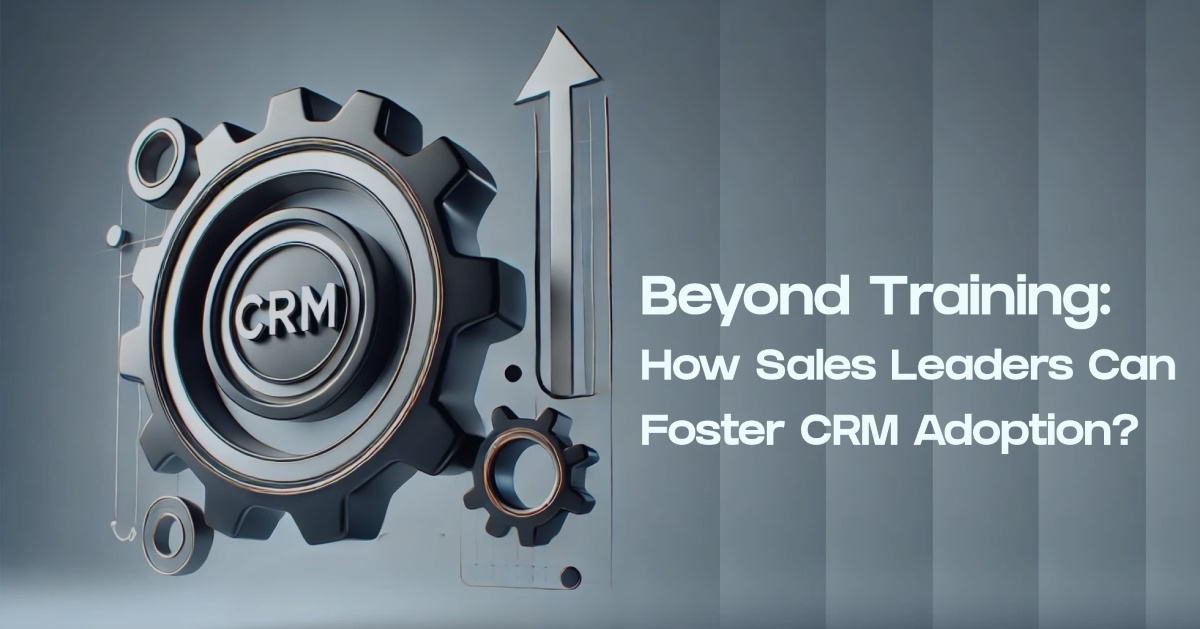At Indicator we have onboarded and trained hundreds of salespeople, sales leaders and their colleagues onto HubSpot this year. We know that our clients need their users to make HubSpot a habit to achieve their business objectives – including ROI. So, at Indicator, we prioritise usability over complexity, and we spend a lot of time with users to get them up to speed with the ins & outs of HubSpot. Despite our efforts, we often hear from users who struggle adapting to new systems and the various reasons for slow or low use of CRM. Ultimately, it’s the user’s approach to change that has the final say in their adoption of HubSpot & this is where the Sales Leader plays an important role.
Here are the 5 most effective actions a sales manager can take to drive CRM adoption after implementation:
1. Lead by example and gain buy-in from top performers- Ensure senior leaders and executive are using and supporting the CRM
- Actively use the CRM yourself and demonstrate its value
- In one-on-ones have the sales rep show you their activity, tasks, and deals and other usage
- Create an engaging training program tailored to different roles/learning styles
- Offer ongoing coaching to help reps unlock more advanced CRM capabilities over time
- Complement training with videos, and quick-reference guides
- Explain how the CRM increases productivity, enables personal growth, and provides value
- Demonstrate how it enhances selling processes and helps reps achieve higher win rates
- Set expectations, incentives, and accountability for reps actively using the CRM
- Get continuous feedback from reps and make them stakeholders in optimising CRM usage
- Incorporate user suggestions to streamline processes and increase utilisation
- Implement gamification like leaderboards, badges, or rewards for CRM activity
- Publicly recognise adoption milestones and share concrete success stories
- Compare efforts between top performers and others to coach under utilisers
The most impactful actions focus on gaining buy-in from influencers, providing tailored training and coaching, clearly communicating benefits, incorporating user feedback, and using incentives and recognition. Less effective actions, while still valuable, include automating data entry and aligning with organisational strategy, which are ranked lower based on emphasis.
We understand that fostering CRM experiences takes time and effort. If you'd like to discuss this further or have specific questions, our team is happy to help! Feel free to reach out to schedule a free consultation.



